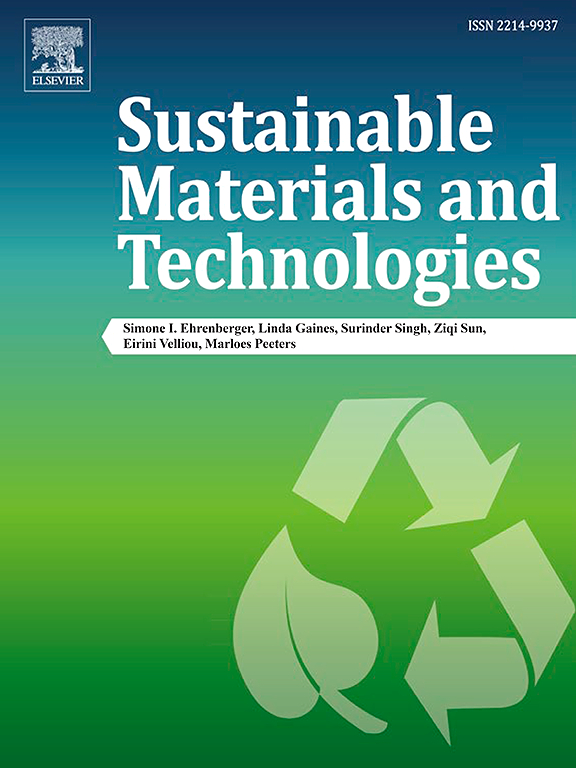探索3D打印组件在PEMWE应用中的新MEA制造工艺
IF 8.6
2区 工程技术
Q1 ENERGY & FUELS
引用次数: 0
摘要
质子交换膜水电解(PEMWE)是清洁高效制氢的关键技术,符合全球可持续发展目标。PEMWE的有效性的核心是膜电极组件(MEA),负责促进电化学反应的重要组成部分。目前mea的制造方法,如手工工艺或自动喷涂,在实现均匀的催化剂分布和最大限度地减少材料浪费方面面临挑战。本研究探索了一种利用3D打印技术提高MEA制造工艺的新方法。具体来说,一个定制设计的挤出头,配备可互换的墨盒和真空辅助膜稳定系统,使催化剂油墨的精确和可扩展的沉积。早期的研究结果表明,通过不断优化油墨流动控制和系统集成来减少薄膜变形,沉积均匀性得到了显著改善。这项工作为在PEMWE应用中实现更高效、更具成本效益的MEA生产的工业化迈出了有希望的一步。本文章由计算机程序翻译,如有差异,请以英文原文为准。
Exploring 3D printed components for a new MEA manufacturing process in PEMWE applications
Proton Exchange Membrane Water Electrolysis (PEMWE) represents a key technology for clean and efficient hydrogen production, aligning with global sustainability goals. Central to PEMWE's effectiveness is the Membrane Electrode Assembly (MEA), a vital component responsible for facilitating electrochemical reactions. Current manufacturing methods for MEAs, such as manual processes or automated spraying, face challenges in achieving uniform catalyst distribution and minimizing material waste. This study explores a novel approach utilizing 3D printing technology to enhance the MEA fabrication process. Specifically, a custom-designed extrusion head, equipped with interchangeable cartridges and a vacuum-assisted membrane stabilization system, enables precise and scalable deposition of catalyst ink. Early results indicate significant improvements in deposition uniformity, with ongoing optimization of ink flow control and system integration to reduce membrane deformation. This work presents a promising step toward the industrialization of more efficient, cost-effective MEA production in PEMWE applications.
求助全文
通过发布文献求助,成功后即可免费获取论文全文。
去求助
来源期刊

Sustainable Materials and Technologies
Energy-Renewable Energy, Sustainability and the Environment
CiteScore
13.40
自引率
4.20%
发文量
158
审稿时长
45 days
期刊介绍:
Sustainable Materials and Technologies (SM&T), an international, cross-disciplinary, fully open access journal published by Elsevier, focuses on original full-length research articles and reviews. It covers applied or fundamental science of nano-, micro-, meso-, and macro-scale aspects of materials and technologies for sustainable development. SM&T gives special attention to contributions that bridge the knowledge gap between materials and system designs.
 求助内容:
求助内容: 应助结果提醒方式:
应助结果提醒方式:


